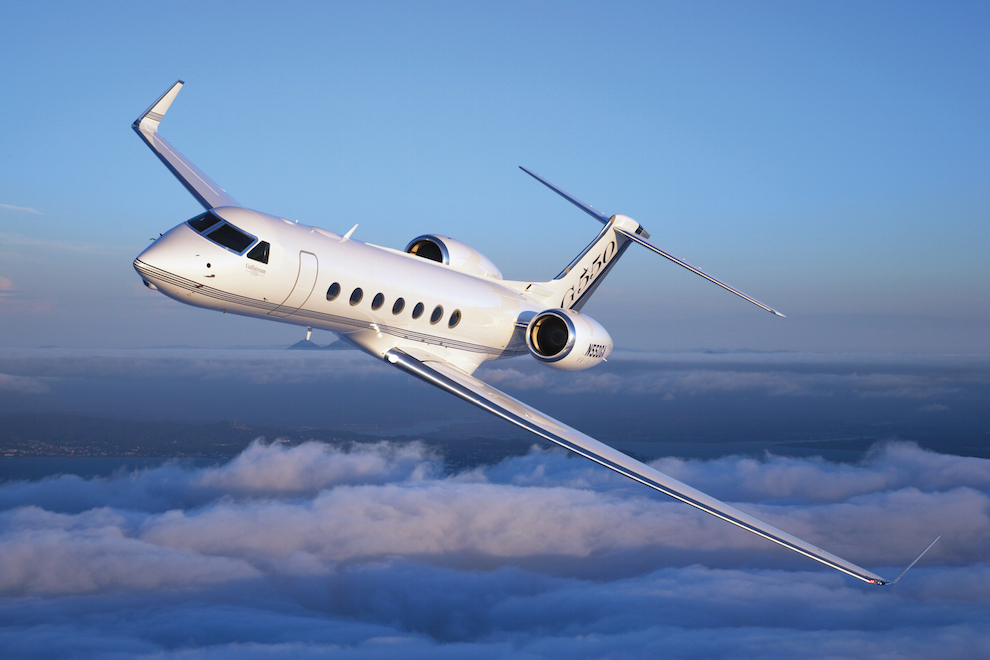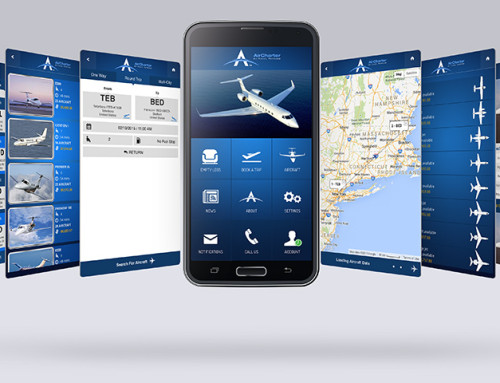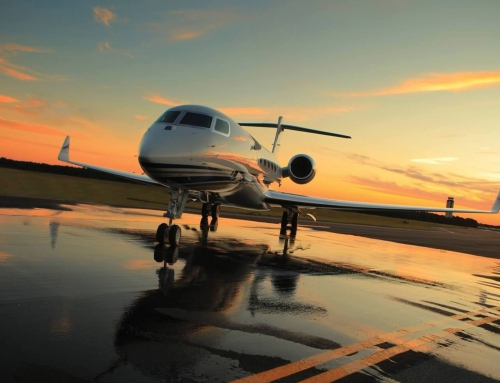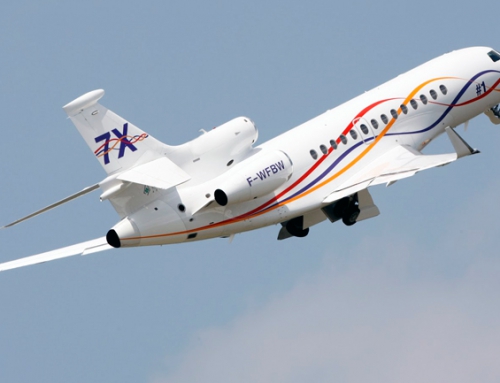Our Views On Safety
Air charter operators meet very stringent safety requirements set forth by the Federal Aviation Administration and other regulatory authorities worldwide. As a result, air charter is one of the safest forms of transportation available today. In fact, statistics indicate that it is safer to travel in a chartered aircraft than by automobile (Department of Transportation’s Transportation Safety Information Report). Please refer to the information below for details describing the requirements and processes necessary to become a certified air charter operator.
The following general guidance information has been prepared by the National Air Transportation Association as a Member service.
FAA Certification
Pursuant to the US Federal Aviation Regulations (FARs), if an entity is going to hold itself out to the public offering on-demand air charter or air taxi service, that entity must be licensed by the Federal Aviation Administration as an Air Carrier and meet the stringent operational, maintenance, and safety rules required thereof (foreign government bodies have very similar requirements to those of the US FAA). In addition, the operator must have been found fit, willing, and able to perform as an Air Carrier by the Department of Transportation (formerly by the Civil Aeronautics Board), and must hold an economic certificate of exemption.
In order for an operator to be issued an Air Carrier Operation Certificate, the operator must develop and publish for use by its flight and ground personnel, an Operators Manual which addresses the requirements of the FARs. In addition, the operator must develop and have approved by the FAA an in-depth, comprehensive flight crew and cabin attendant training program. Both of these documents must be accepted and approved respectively by the FAA.
Once this process is completed, the FAA will then issue an operator a set of Operations Specifications which describe in detail what type operations and under what specific conditions that operator may operate. Finally, when all of the other various elements have been met, the operator is issued an Air Carrier Operating Certificate.
Operational and maintenance standards
Prior to certification by the FAA and continually after certification, an operator must demonstrate to the FAA that it has the qualified management and supervisory personnel to ensure overall compliance with the FARs, the operator’s Operations Manual, Approved Training Program, Approved Maintenance Manual, its Operations Specifications, and in general, sound and safe operating practices.
Higher safety standards
While FAA regulates the aviation within the U.S., similar standards are enforced by authorities worldwide.
The operational and maintenance standards that an air charter operator must meet on a daily basis are identical in many ways to the standards established for commercial airline operators. Not only does the operator have to meet those standards, but many air charter operators establish even higher standards for themselves beyond that required by the FARs.
Performance to the established standards is assured by close monitoring of the operator by the FAA through a series of regular inspections, spot inspections, routine surveillance, and in depth inspections by the FAA Regional and National inspection teams.
Crew rest and physical fitness
The FARs establish specific standards for the number of hours of rest a pilot must have before being able to conduct flight operations. The regulation is designed to make reasonably certain that a pilot is physically and mentally alert for the demands of operating the aircraft.
The federal regulations also establish a specific maximum number of daily hours that a pilot may fly an aircraft in commercial operations. This maximum hour requirement varies depending on whether the aircraft has one or two pilots onboard.
In addition, the FARs establish minimum standards for physical fitness for on-demand air charter pilots, which are identical to those for commercial airline pilots. As a minimum, a pilot engaged in commercial operations (on-demand or other) must receive a physical examination conducted by an FAA-designated Aviation Medical Examiner or Flight Surgeon at least once a year. And if the pilot is a Captain on large multi-engine aircraft (weighing 12,500 pounds or more) or jet powered aircraft, then he or she is required to have a flight physical examination every six months.
The use of illegal drugs has never been found to be the cause of an aircraft accident in a commercially operated aircraft. However, the Department of Transportation recently issued regulations requiring all pilots, flight engineers, navigators, flight attendants, mechanics, and certain other sensitive safety and security related personnel to be tested for illegal drug use. In general, all personnel associated with the operation and/or control of aircraft must undergo pre-employment, periodic, random, reasonable cause, and post-accident drug testing.

 Hawker-Beechcraft Hawker 400XP
Hawker-Beechcraft Hawker 400XP Cessna Citation V
Cessna Citation V Beechcraft Premier IA
Beechcraft Premier IA Beechcraft King Air 350
Beechcraft King Air 350







